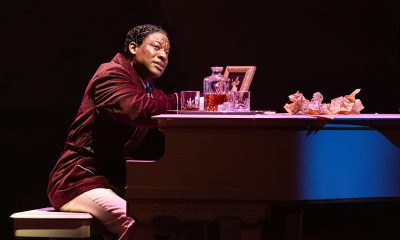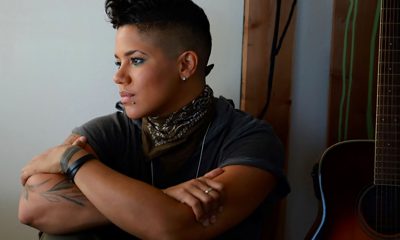Arts & Entertainment
Howard renaissance
Historic D.C. theater reopens with lesbian Sykes headlining
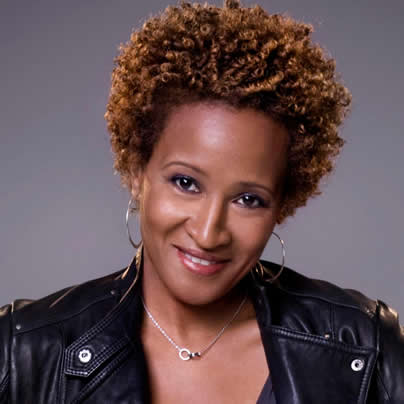
Wanda Sykes
8 p.m. (doors open 6)
April 13
Howard Theatre
630 T Street, NW
$95 general admission tables, $125 booths
Some venues, especially large arenas and sheds named after financial institutions or phone companies, are just venues — big sterile caves with concrete slab floors and tacky concession stands selling hot dogs and nachos in the lobby. They usually have less personality than your average shopping mall.
Then there are spots whose walls practically hum with historic significance — the Apollo, Radio City Music Hall, Red Rocks and so on. One of the country’s lost gems has been rediscovered and after a $29 million restoration, is almost ready to be unveiled — D.C.’s Howard Theatre, the Shaw-based concert hall that hosted singers such as Duke Ellington, Ella Fitzgerald, Marvin Gaye and the Supremes. The refreshingly cool catch? One of the anchor performers for opening weekend is an out-and-proud lesbian — comedian Wanda Sykes.
And Sykes is psyched.
“I’m really honored they asked me to come help open it,” she says during a phone interview last week from Australia where she’s touring. “I was like, ‘Of course, yeah,’ I’m very excited, very honored. It’s pretty spectacular. They wanted to send me some pictures, but I said, ‘No, let me wait and see it when it’s fully done.’ I wanna get the full impact in person.”
The 12,000-square-foot space, which, depending on the show, can accommodate either 650 seated or 1,100 standing, opened in 1910 as a spot for vaudeville, theater, talent shows and two performance companies, the Lafayette Players and the Howard University Players (it’s never been affiliated with nearby Howard University). After the stock market crashed in 1929, it was briefly a church until 1931 when it was changed back into a performance space and launched with Washingtonian Duke Ellington playing the first night. Fitzgerald and Billy Eckstine won early talent contests there. After black performers as diverse as Lena Horne, Pearl Bailey, Aretha Franklin, James Brown, Smokey Robinson and more played there over the years, it suffered a blow after the 1968 D.C. riots and eventually closed in 1980.
The rapper Wales, a D.C. native, is officially the first performer for the refurbished theater. He plays a soft opening on Monday. A grand opening gala and tribute concert for Motown founder Berry Gordy is Thursday with performers Robinson, Al Jarreau, Keb Mo and others. Then Sykes plays next weekend with shows on April 13, 14 and 15.
But she’s not just an of-the-moment contemporary black performer who happened to be available. Reps from the theater say she’s a logical successor to Moms Mabley, the late great comedian who did lesbian stand-up routines as far back as the ‘20s.
“Wanda is perfect to re-launch the Howard Theatre because she really represents a continuum between herself and Moms Mabley,” says Marc Powers, director of marketing for the Howard. “Moms Mabley was one of the leading women comedians in America in the ‘20s and ‘30s and she really got her start here at the Howard. Wanda Sykes is also kind of that charming, girl-next-door type. She helps people get close to her as she criticizes America about sexuality, about class warfare … Moms Mabley was much the same thing and even though people say she wasn’t a lesbian, she was … Moms Mabley was cutting edge and there’s a very strong gay and lesbian history at the Howard.”
Other performers slated for the coming months include the Roots (April 15), Chaka Khan (May 5), Esperanza Spalding (May 12) and Bettye LaVette (Oct. 27). Bi bassist/singer Meshell Ndegeocello plays April 25.
The venue will be managed by Blue Note Entertainment Group. After being added to the National Register of Historic Places in 1974 and tagged on President Clinton’s “Save America’s Treasures” list in 2000, a non-profit Howard Theatre Restoration was formed in 2006 to raise funds for the restoration. The Restoration raised nearly $2 million — city government gave $12 million in grants and tax credits while Eagle Bank stepped in with the remainder. Work began in September 2010.
Powers says there’s a lot of buzz and excitement at the theater as staff gear up for next weekend’s opening festivities. Some finishing touches are still being added — seat padding, sound system and lighting tweaks, paneling.
He says the Howard won’t be a relic — it’s designed to be a versatile, thriving space where music of many genres and performers of all races can thrive.
“We’re going to have such an array of talent, it’s really going to be what the Howard has always been — the theater of the people,” Powers, who’s straight, says. “The people of D.C. are diverse, so we’ll represent that and there will be shows that appeal to people from all walks of life.”
Sykes busy with touring, film
Wanda Sykes says life is good. During a mid-week chat last week from Australia where she’s performing a two-week mini-standup tour, she says she’s having fun.
“They’re very nice here, but it’s kind of a phony nice,” she says from her hotel in Melbourne. “It’s that passive-aggressive-type nice. Like the other day at breakfast, I asked for a mimosa and she looked at me kinda funny. I said, ‘You know, Champagne and orange juice,’ and she smiled but it was that fake smile like she was saying, ‘That’s the shit you drink for breakfast.’”
Sykes and her wife, Alex, have twins who will be 3 at the end of the month. She says they’re “doing great” and though both parents travel extensively for work, they’re in a solid routine that works.
“When I’m there, we get the real quality time together and they’re used to both of us traveling so it just works,” she says.
Sykes is mainly touring these days though she just finished an independent film called “Hot Flashes.” Listen for her in “Ice Age 4” this summer.
When we talked, Sykes hadn’t heard of her former co-star Jane Fonda’s latest turn as Nancy Reagan but says she’ll be curious to see the film when it’s finished.
“I love Jane and we keep in touch,” Sykes says. “She’s great. She’s just totally Hollywood royalty and she was so gracious when we worked together. I was nervous [about “Monster-in-Law”]. I’m thinking, ‘Oh my God, I’m gonna be in this movie with Jane Fonda,’ but after you meet her, you just calm down and you realize she’s just a good broad, she really is.”
Sykes says other than getting invited to every LGBT event imaginable, the biggest difference in her work since coming out is her ability to be freer on stage.
“It was so liberating,” she says. “There’s nothing hanging over my head, so it’s been great career wise. There hasn’t been anything that would make me go, ‘Oh no, I regret it.’ It’s all been very positive. I’m very happy and grateful.”
JOEY DiGUGLIELMO
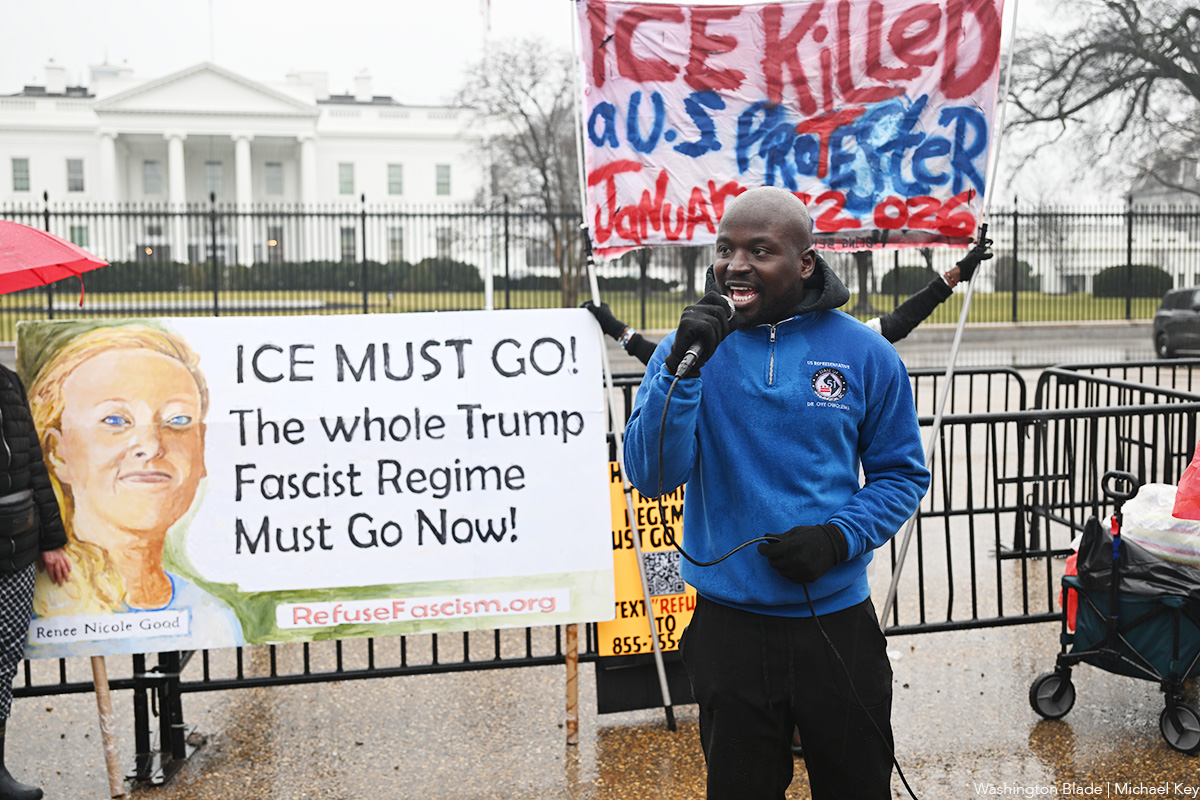
A protest was held outside of the White House on Saturday following the killing of Renee Nicole Good by a U.S. Immigration and Customs Enforcement agent in Minneapolis. Across the Potomac, picketers held signs calling for “Justice for Renee” in Tysons, Va.
“ICE Out For Good” demonstrations were held in cities and towns across the country, according to multiple reports. A march was held yesterday in Washington, D.C., as the Blade reported. Further demonstrations are planned for tomorrow.
(Washington Blade photos by Michael Key)

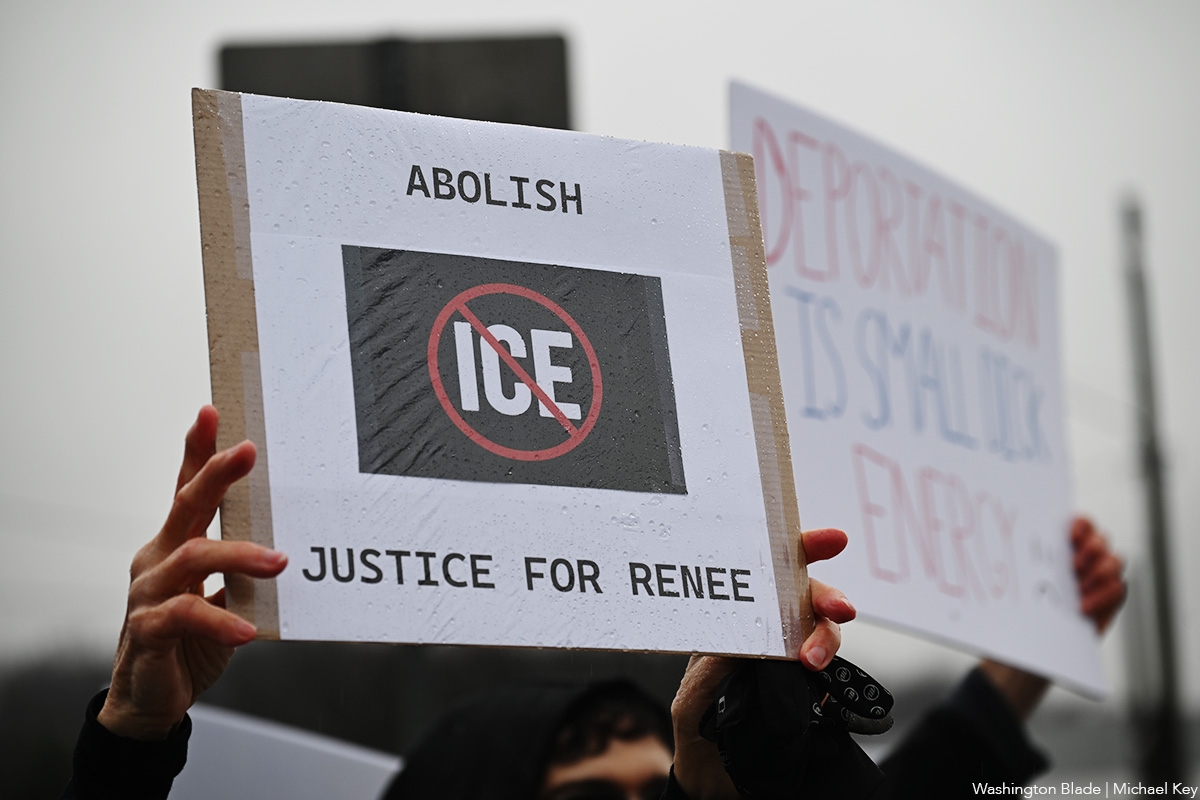
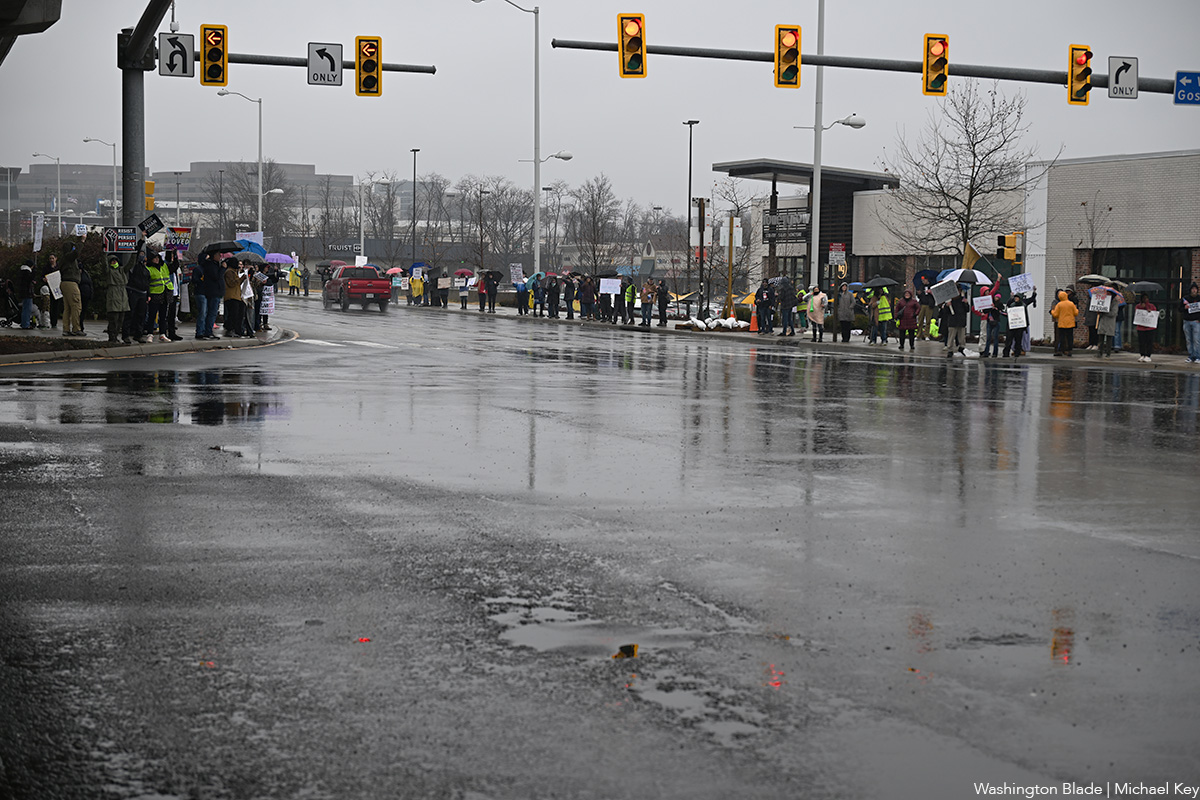
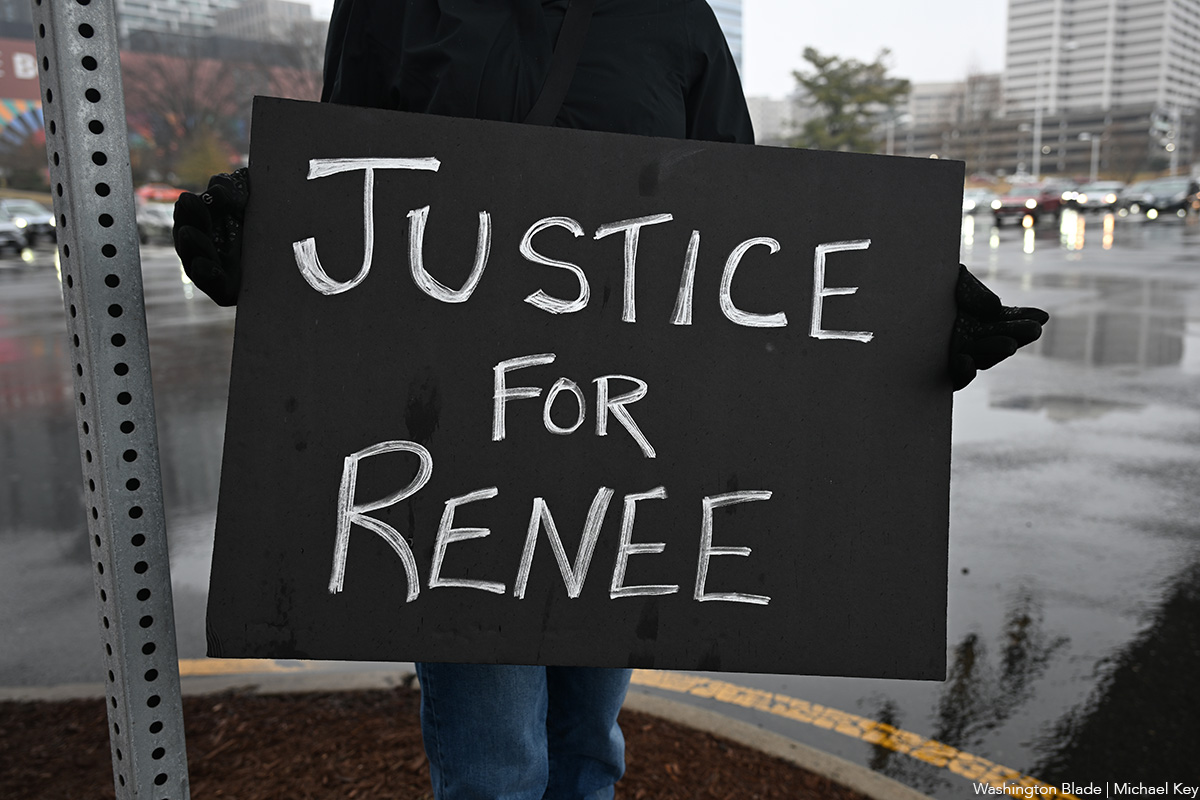


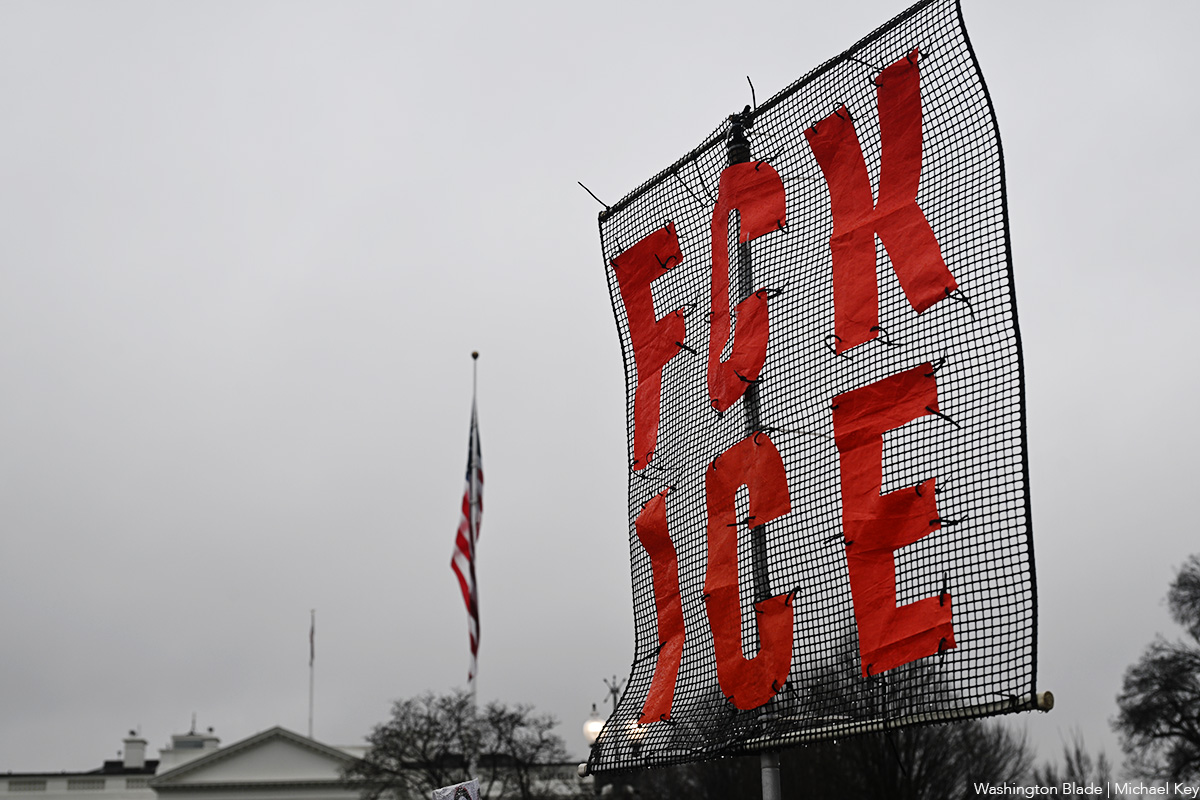


Books
Feminist fiction fans will love ‘Bog Queen’
A wonderful tale of druids, warriors, scheming kings, and a scientist
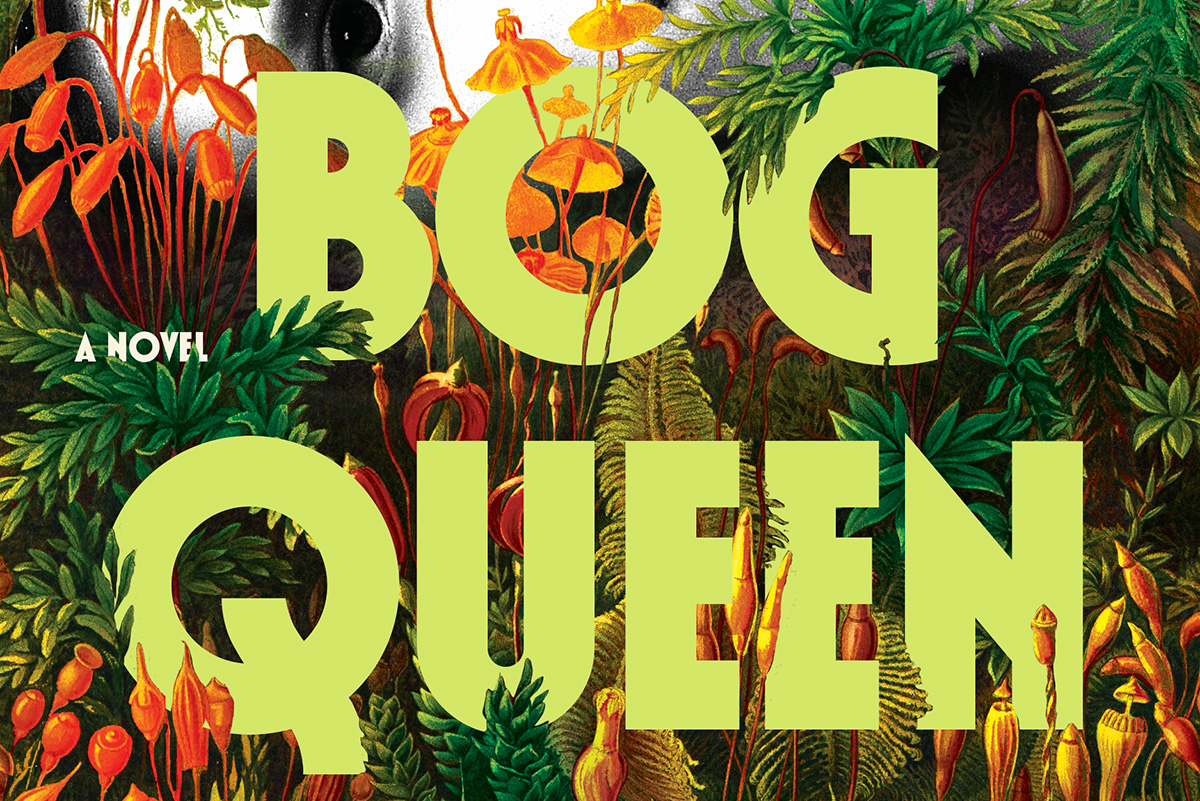
‘Bog Queen’
By Anna North
c.2025, Bloomsbury
$28.99/288 pages
Consider: lost and found.
The first one is miserable – whatever you need or want is gone, maybe for good. The second one can be joyful, a celebration of great relief and a reminder to look in the same spot next time you need that which you first lost. Loss hurts. But as in the new novel, “Bog Queen” by Anna North, discovery isn’t always without pain.

He’d always stuck to the story.
In 1961, or so he claimed, Isabel Navarro argued with her husband, as they had many times. At one point, she stalked out. Done. Gone, but there was always doubt – and now it seemed he’d been lying for decades: when peat cutters discovered the body of a young woman near his home in northwest England, Navarro finally admitted that he’d killed Isabel and dumped her corpse into a bog.
Officials prepared to charge him.
But again, that doubt. The body, as forensic anthropologist Agnes Lundstrom discovered rather quickly, was not that of Isabel. This bog woman had nearly healed wounds and her head showed old skull fractures. Her skin glowed yellow from decaying moss that her body had steeped in. No, the corpse in the bog was not from a half-century ago.
She was roughly 2,000 years old.
But who was the woman from the bog? Knowing more about her would’ve been a nice distraction for Agnes; she’d left America to move to England, left her father and a man she might have loved once, with the hope that her life could be different. She disliked solitude but she felt awkward around people, including the environmental activists, politicians, and others surrounding the discovery of the Iron Age corpse.
Was the woman beloved? Agnes could tell that she’d obviously been well cared-for, and relatively healthy despite the injuries she’d sustained. If there were any artifacts left in the bog, Agnes would have the answers she wanted. If only Isabel’s family, the activists, and authorities could come together and grant her more time.
Fortunately, that’s what you get inside “Bog Queen”: time, spanning from the Iron Age and the story of a young, inexperienced druid who’s hoping to forge ties with a southern kingdom; to 2018, the year in which the modern portion of this book is set.
Yes, you get both.
Yes, you’ll devour them.
Taking parts of a true story, author Anna North spins a wonderful tale of druids, vengeful warriors, scheming kings, and a scientist who’s as much of a genius as she is a nerd. The tale of the two women swings back and forth between chapters and eras, mixed with female strength and twenty-first century concerns. Even better, these perfectly mixed parts are occasionally joined by a third entity that adds a delicious note of darkness, as if whatever happens can be erased in a moment.
Nah, don’t even think about resisting.
If you’re a fan of feminist fiction, science, or novels featuring kings, druids, and Celtic history, don’t wait. “Bog Queen” is your book. Look. You’ll be glad you found it.
Movies
A Shakespearean tragedy comes to life in exquisite ‘Hamnet’
Chloe Zhao’s devastating movie a touchstone for the ages

For every person who adores Shakespeare, there are probably a dozen more who wonder why.
We get it; his plays and poems, composed in a past when the predominant worldview was built around beliefs and ideologies that now feel as antiquated as the blend of poetry and prose in which he wrote them, can easily feel tied to social mores that are in direct opposition to our own, often reflecting the classist, sexist, and racist patriarchal dogma that continues to plague our world today. Why, then, should we still be so enthralled with him?
The answer to that question might be more eloquently expressed by Chloe Zhao’s “Hamnet” – now in wide release and already a winner in this year’s barely begun awards season – than through any explanation we could offer.
Adapted from the novel by Maggie O’Farrell (who co-wrote the screenplay with Zhao), it focuses its narrative on the relationship between Will Shakespeare (Paul Mescal) and his wife Agnes Hathaway (Jessie Buckley), who meet when the future playwright – working to pay off a debt for his abusive father – is still just a tutor helping the children of well-to-do families learn Latin. Enamored from afar at first sight, he woos his way into her life, and, convincing both of their families to approve the match (after she becomes pregnant with their first child), becomes her husband. More children follow – including Hamnet (Jacobi Jupe), a “surprise” twin boy to their second daughter – but, recognizing Will’s passion for writing and his frustration at being unable to follow it, Agnes encourages him to travel to London in order to immerse himself in his ambitions.
As the years go by, Agnes – aided by her mother-in-law (Emily Watson) and guided by the nature-centric pagan wisdom of her own deceased mother – raises the children while her husband, miles away, builds a successful career as the city’s most popular playwright. But when an outbreak of bubonic plague results in the death of 11-year-old Hamnet in Will’s absence, an emotional wedge is driven between them – especially when Agnes receives word that her husband’s latest play, titled “Hamlet,” an interchangeable equivalent to the name of their dead son, is about to debut on the London stage.
There is nothing, save the bare details of circumstance around the Shakespeare family, that can be called factual about the narrative told in “Hamnet.” Records of Shakespeare’s private life are sparse and short on context, largely limited to civic notations of fact – birth, marriage, and death announcements, legal documents, and other general records – that leave plenty of space in which to speculate about the personal nuance such mundane details might imply. What is known is that the Shakespeares lost their son, probably to plague, and that “Hamlet” – a play dominated by expressions of grief and existential musings about life and death – was written over the course of the next five years. Shakespearean scholars have filled in the blanks, and it’s hard to argue with their assumptions about the influence young Hamnet’s tragic death likely had over the creation of his father’s masterwork. What human being would not be haunted by such an event, and how could any artist could avoid channeling its impact into their work, not just for a time but for forever after?
In their screenplay, O’Farrell and Zhao imagine an Agnes Shakespeare (most records refer to her as “Anne” but her father’s will uses the name “Agnes”) who stands apart from the conventions of her town, born of a “wild woman” in the woods and raised in ancient traditions of mysticism and nature magic before being adopted into her well-off family, who presents a worthy match and an intellectual equal for the brilliantly passionate creator responsible for some of Western Civilization’s most enduring tales. They imagine a courtship that would have defied the customs of the time and a relationship that feels almost modern, grounded in a love and mutual respect that’s a far cry from most popular notions of what a 16th-century marriage might look like. More than that, they imagine that the devastating loss of a child – even in a time when the mortality rate for children was high – might create a rift between two parents who can only process their grief alone. And despite the fact that almost none of what O’Farrell and Zhao present to us can be seen, at best, as anything other than informed speculation, it all feels devastatingly true.
That’s the quality that “Hamnet” shares with the ever-popular Will Shakespeare; though it takes us into a past that feels as alien to us as if it took place upon a different planet, it evokes a connection to the simple experience of being human, which cuts through the differences in context. Just as the kings, heroes, and fools of Shakespeare’s plays express and embody the same emotional experiences that shape our own mundane modern lives, the film’s portrayal of these two real-life people torn apart by personal tragedy speaks directly to our own shared sense of loss – and it does so with an eloquence that, like Shakespeare’s, emerges from the story to make it feel as palpable as if their grief was our own.
Yes, the writing and direction – each bringing a powerfully feminine “voice” to the story – are key to the emotional impact of “Hamnet,” but it’s the performances of its stars that carry it to us. Mescal, once more proving himself a master at embodying the kind of vulnerable masculine tenderness that’s capable of melting our hearts, gives us an accessible Shakespeare, driven perhaps by a spark of genius yet deeply grounded in the tangible humanity that underscores the “everyman” sensibility that informs the man’s plays. But it’s Buckley’s movie, by a wide margin, and her bold, fierce, and deeply affecting performance gives voice to a powerful grief, a cry against the injustice and cruelty of what we fumblingly call “fate” that resonates deep within us and carries our own grief, over losses we’ve had and losses we know are yet to come, along with her on the journey to catharsis.
That’s the word – “catharsis” – that defines why Shakespeare (and by extension, “Hamnet”) still holds such power over the imagination of our human race all these centuries later. The circumstantial details of his stories, wrapped up in ancient ideologies that still haunt our cultural imagination, fall away in the face of the raw expression of humanity to which his characters give voice. When Hamlet asks “to be or not to be?,” he is not an old-world Danish Prince contemplating revenge against a traitor who murdered his father; he is Shakespeare himself, pondering the essential mystery of life and death, and he is us, too.
Likewise, the Agnes Shakespeare of “Hamnet” (masterfully enacted by Buckley) embodies all our own sorrows – past and future, real and imagined – and connects them to the well of human emotion from which we all must drink; it’s more powerful than we expect, and more cleansing than we imagine, and it makes Zhao’s exquisitely devastating movie into a touchstone for the ages.
We can’t presume to speak for Shakespeare, but we are pretty sure he would be pleased.
-

 Colombia4 days ago
Colombia4 days agoGay Venezuelan man who fled to Colombia uncertain about homeland’s future
-

 Arts & Entertainment4 days ago
Arts & Entertainment4 days ago2026 Most Eligible LGBTQ Singles nominations
-

 District of Columbia4 days ago
District of Columbia4 days agoKennedy Center renaming triggers backlash
-

 District of Columbia4 days ago
District of Columbia4 days agoNew interim D.C. police chief played lead role in security for WorldPride


